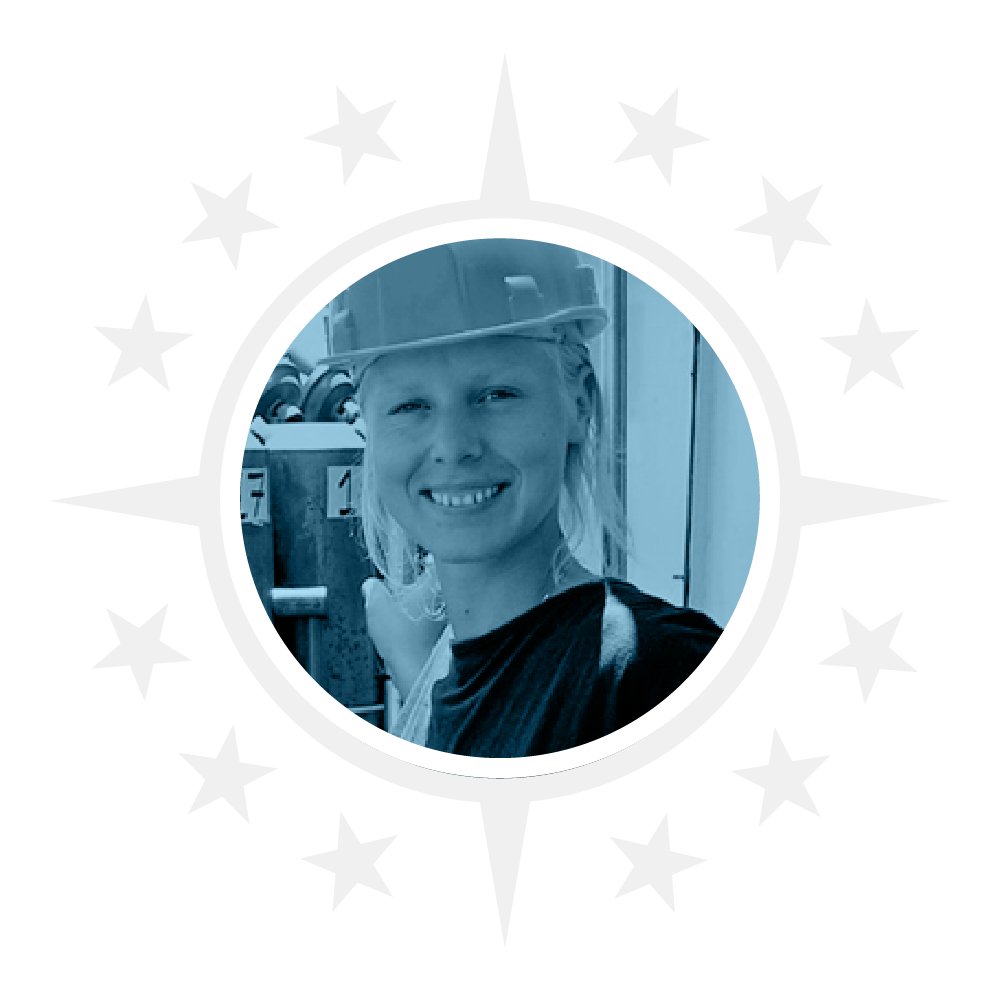By Malcolm Woodward, Plymouth Marine Laboratory, UK | June 1, 2023
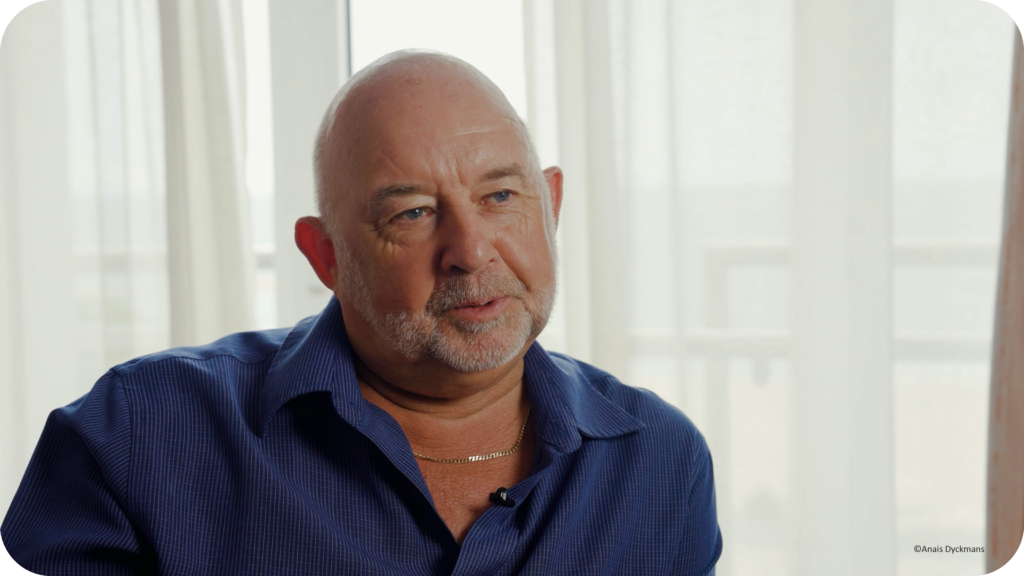
The RRS James Cook sailed from Southampton on the afternoon of May 5th heading west around the Isle of Wight and down the English Channel towards the North Atlantic.
This cruise is part of a long-term survey programme by the National Oceanography Centre Southampton at the Porcupine Abyssal Plain (PAP) station (Porcupine Abyssal Plain Sustained Observatory | PAP SO (noc.ac.uk)), out of the shelf edge in the North Atlantic. On behalf of Plymouth Marine Lab, I joined the team in order to carry out the nutrient analytical work on the cruise and also to enable the sampling programme for the long-term nutrient preservation investigations as part of the EuroGO-SHIP’s Work Package 3 group.The nutrient analyser was set up in the ship’s chemistry laboratory and was a 5-channel SEAL analytical segmented flow colorimetric autoanalyzer.
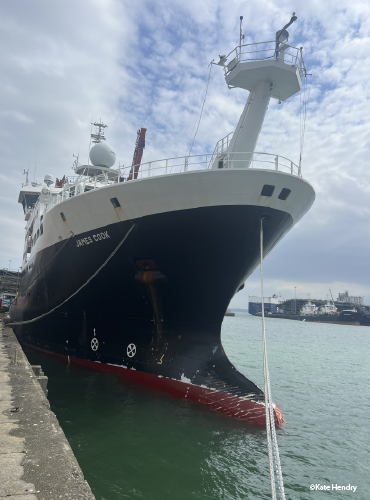
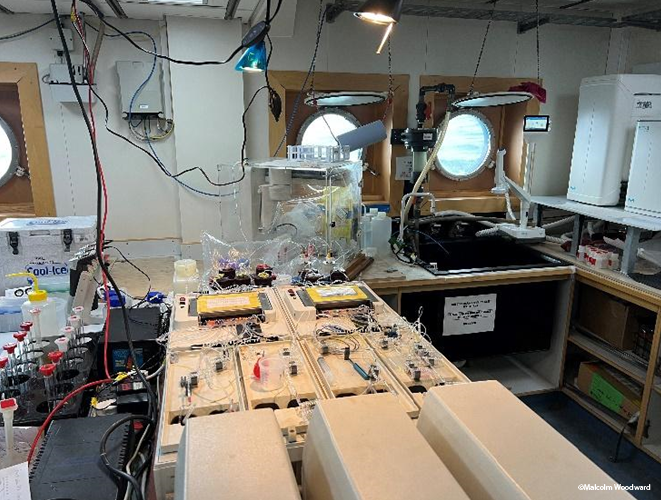
After 2 days of mobilisation at Southampton the ship sailed and carried out the first sampling station for the EuroGO-SHIP project at a coastal site just offshore from Plymouth, South West England, 50° 15.00′ N, 4° 13.02′ W.
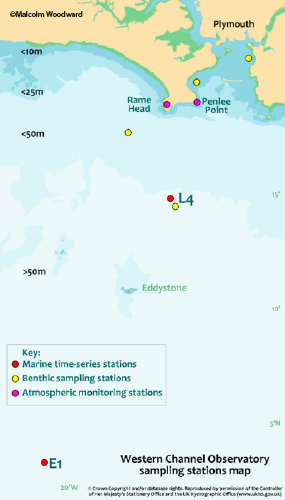
This was the site of the PML long-term survey station L4 which is part of the Western Channel Observatory and is normally sampled weekly by the PML nutrient team by the PML vessel (Western Channel Observatory).
There is regular historical nutrient data from this site back to the year 2000. The nutrient project for long-term sample preservation across the EuroGO-SHIP project is to investigate freezing and pasteurisation preservation techniques. The seawater samples were taken using a CTD/Rosette system with 20 litre sampling bottles
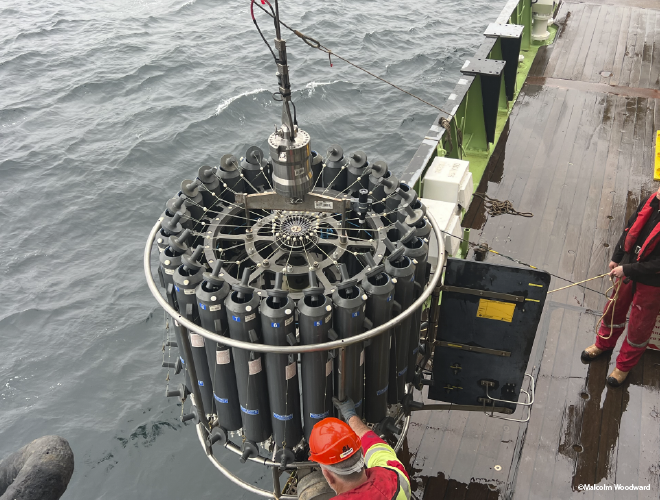
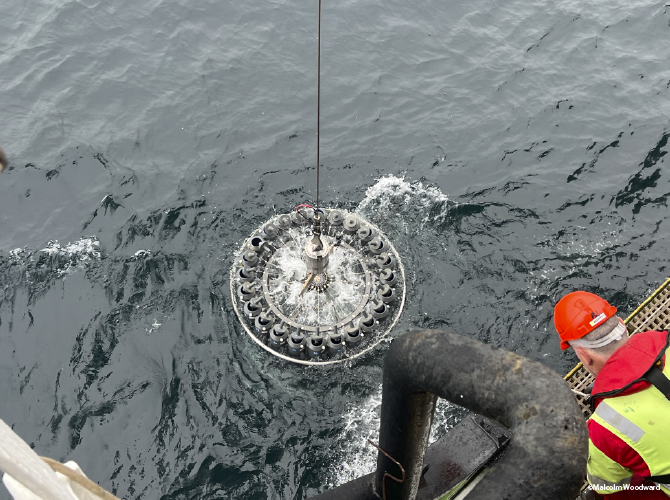
Nutrients were analysed from the water column and the preservation sample sets were taken in triplicates from a depth of 50m and stored both at -20C, and also then preserved using the pasteurisation technique of Daniel et. al. (2012). The samples were taken in both HDPE and glass bottles. Following the phytoplankton spring bloom that had occurred off Plymouth in April, the nutrient concentrations in the water column were depleted and approaching the detection limits of the autoanalyser. Sufficient samples were taken to allow for over 12 months of repeat analyses.
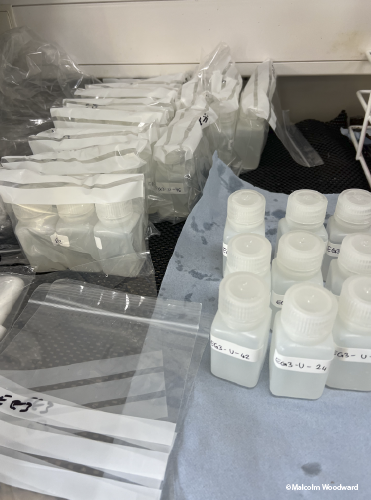

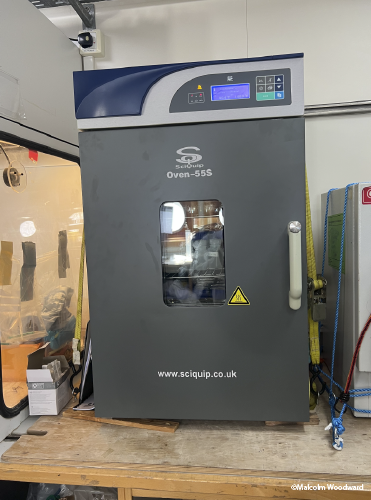
After the L4 sampling the ship proceeded west to the Whittard Canyon off South West Ireland for the second sampling station and then moved north west to the PAP site where the remainder of the cruise research and experiments were to be carried out. The PAP station is a long-term sustained observatory and as part of the work programme the cruise was replacing the surface mooring buoy supplied by the UK Met Office, seen below being loaded onto the ship before departure.
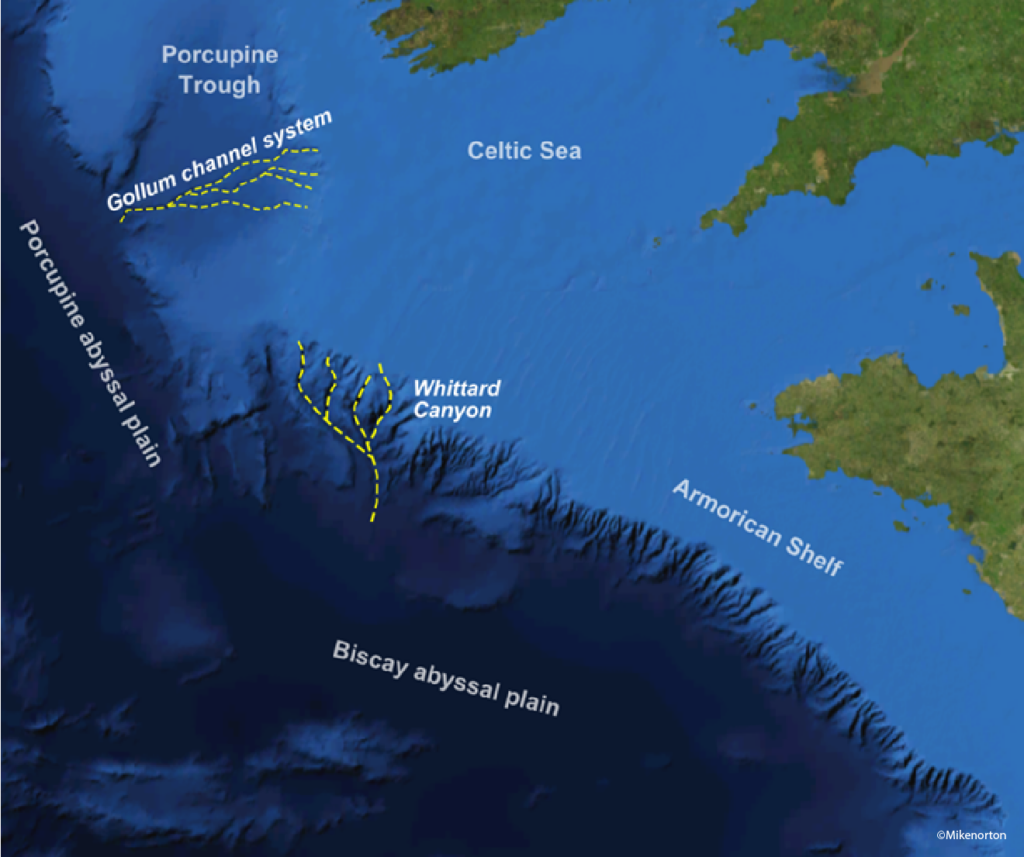
The PAP station is a long-term sustained observatory and as part of the work programme the cruise was replacing the surface mooring buoy supplied by the UK Met Office, seen below being loaded onto the ship before departure.
Numerous CTD sampling casts were taken as part of the monitoring programme. For the EuroGO-SHIP project, we sampled different nutrient concentration regimes in order to study and check the reliability of the preservation techniques for waters of varying nutrient concentrations. Further samples were taken at 200m, 500m and a deep sample with high nutrients at 4824m. These cover a wide range of nutrient concentrations that would be typically found in the seas across Europe.
The cruise ended in Southampton on May 23rd.
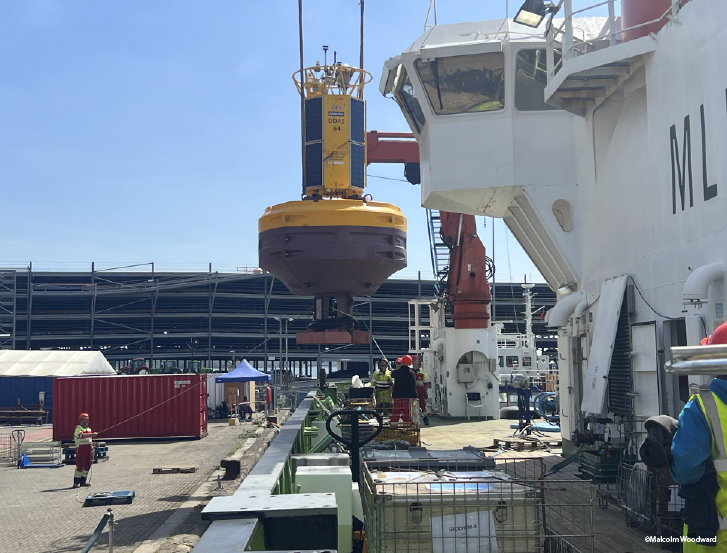
By Malcolm Woodward, Plymouth Marine Laboratory, UK | June 1, 2023

About the author
Name: Malcolm Woodward
Work Package: WP’s 2,3,4 and 5
Organisation: Plymouth Marine Laboratory, Plymouth, UK
Role/Focus in EuroGO-SHIP: Member of Scientific and Management Committees for EuroGO-SHIP with a scientific focus on nutrient studies within the project

